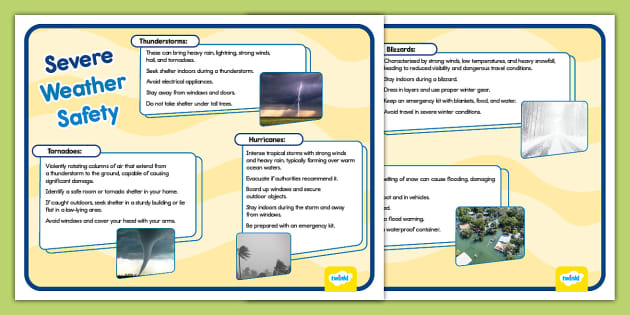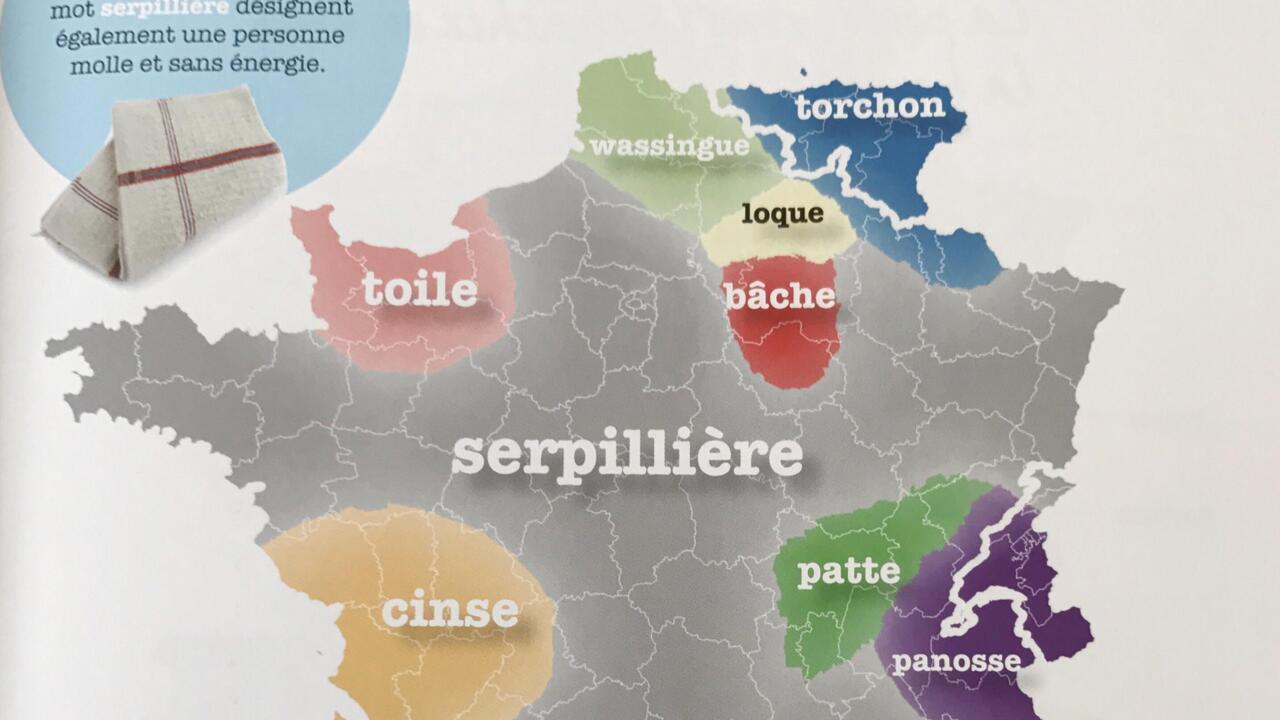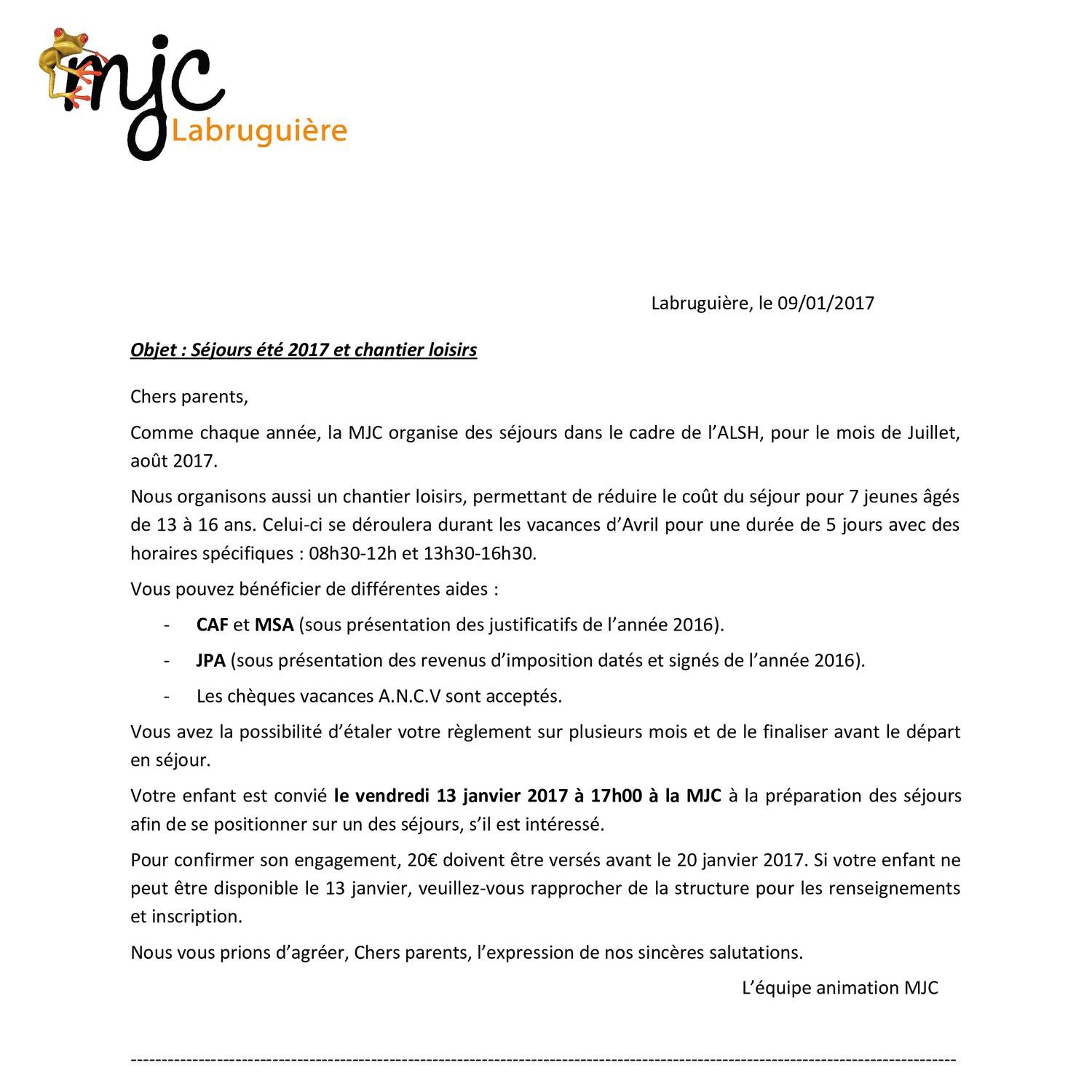Day 5: Staying Safe During Severe Weather – Focus On Flood Prevention And Response

Table of Contents
Understanding Flood Risks in Your Area
Before you can effectively prevent or respond to a flood, you must understand your risk. This involves identifying flood-prone zones and recognizing the early warning signs of impending floods.
Identifying Flood Prone Zones
Determining your property's vulnerability to flooding is the first crucial step. Fortunately, several resources can help you assess your risk:
- FEMA Flood Maps: The Federal Emergency Management Agency (FEMA) provides detailed flood maps for the entire United States. Use their online search tool to pinpoint your address and determine your flood risk level. Understanding your flood zone designation (e.g., high-risk, moderate-risk) is vital for planning purposes.
- Local Government Websites: Your city or county government likely maintains its own flood maps and risk assessments. These local resources often provide more granular information specific to your area, including historical flood data and evacuation routes.
- Checking Property Records: Review your property deeds and insurance documents. These may contain information regarding past flood events or flood plain designations.
Steps to Check Your Property's Flood Risk:
- Use the FEMA Map Service Center online search tool.
- Contact your local building department or emergency management office.
- Review your property's historical records.
Recognizing Early Warning Signs
Recognizing early warning signs of a potential flood can give you valuable time to prepare and react. This involves watching for both visual cues and heeding official weather alerts.
- Visual Cues: Rapidly rising water levels in rivers, streams, or creeks; overflowing storm drains; saturated ground unable to absorb additional rainfall; and unusual ponding of water in low-lying areas are all serious indicators of potential flooding.
- Weather Alerts: Pay close attention to weather forecasts and alerts issued by the National Weather Service (NWS). Flash flood warnings, severe thunderstorm warnings, and flood watches are all critical signals requiring immediate attention.
Specific Visual Cues and Weather Alerts to Watch For:
- Rapidly rising water levels.
- Overflowing rivers, streams, or creeks.
- Heavy rainfall exceeding the ground's absorption capacity.
- Official NWS alerts (flood watch, flood warning, flash flood warning).
Remember to monitor local news and weather reports regularly, especially during periods of heavy rainfall or severe weather.
Proactive Flood Prevention Strategies
Proactive flood prevention measures significantly reduce the risk of damage and improve your ability to respond effectively. This involves implementing home protection strategies and developing a comprehensive family emergency plan.
Home Protection Measures
Taking steps to protect your home before a flood strikes is crucial. These measures can significantly lessen the impact of floodwaters.
- Elevate Electrical Appliances: Move washing machines, dryers, furnaces, and other essential appliances to higher ground to prevent water damage.
- Create a Flood Barrier Plan: Consider installing flood barriers such as sandbags or temporary flood walls around your home's perimeter.
- Install Sump Pumps: If your home is prone to basement flooding, install a sump pump with a backup power source. This will help remove accumulating water.
- Flood Insurance: Purchase flood insurance, even if you live outside a designated flood zone. Traditional homeowner's insurance policies often do not cover flood damage.
Practical Steps to Protect Your Property:
- Waterproof your basement or crawlspace.
- Install check valves to prevent sewer backup.
- Clean gutters and downspouts regularly to ensure proper drainage.
- Elevate valuable possessions and important documents.
Developing a Family Emergency Plan
A well-defined family emergency plan is critical for effective flood response. It should include clear steps for evacuation, a designated meeting point, and readily available emergency contact information.
- Evacuation Plan: Identify safe evacuation routes and alternative transportation options. Plan multiple escape routes in case one is blocked.
- Designated Meeting Point: Choose a meeting place outside your home where family members can regroup after an evacuation.
- Emergency Contact Information: Keep a list of essential contacts, including family, friends, and emergency services, in a readily accessible location.
- Emergency Kit: Assemble a well-stocked emergency kit containing water, non-perishable food, first-aid supplies, medications, flashlights, batteries, and important documents.
Essential Items for an Emergency Kit:
- One gallon of water per person per day for at least three days.
- Non-perishable food items (canned goods, energy bars).
- First-aid kit with essential medications.
- Flashlights and extra batteries.
- Copies of important documents (insurance policies, identification).
- Whistle to signal for help.
Responding to a Flood Effectively
Responding effectively to a flood requires swift action and adherence to safety protocols. This encompasses appropriate evacuation procedures and post-flood safety precautions.
Evacuation Procedures
If a flood warning or evacuation order is issued, act immediately. Delaying evacuation can put your life and the lives of others at risk.
- Follow Evacuation Orders: Comply with all official evacuation orders without delay.
- Safe Evacuation Routes: Use pre-identified evacuation routes to avoid flooded areas. Consider using alternative transportation if necessary.
- Secure Your Home: Before leaving, turn off utilities (gas, electricity, water), and secure your home to prevent further damage.
Steps to Take During an Evacuation:
- Turn off gas, electricity, and water.
- Secure loose items that could be carried away by floodwaters.
- Lock all doors and windows.
- Inform neighbors of your departure.
Post-Flood Safety Precautions
After the floodwaters recede, several critical safety measures must be observed to prevent further harm or injury.
- Avoid Floodwaters: Never enter floodwaters; they may contain dangerous debris, chemicals, and disease-carrying organisms.
- Check for Structural Damage: Carefully inspect your home for structural damage before re-entering. Consult with a qualified professional to assess the safety of your home.
- Avoid Downed Power Lines: Never approach or touch downed power lines; they pose a serious electrocution risk.
Post-Flood Safety Tips:
- Report damages to your insurance company and local authorities.
- Discard all food and water that has come into contact with floodwaters.
- Seek professional assistance for repairs and cleanup.
- Be aware of the potential for mold growth and take appropriate measures.
Staying Safe During Severe Weather – Your Flood Preparedness Plan
This article has emphasized the importance of proactive flood prevention and a comprehensive emergency plan. Understanding your flood risk, implementing home protection measures, and developing a family evacuation plan are critical steps in ensuring your safety during severe weather. Remember to regularly review and update your plan, incorporating new information and adapting to changes in your environment. Start your flood preparedness journey today by assessing your risk and creating a personalized flood prevention and response plan based on your specific location and risk level. Take control of your safety during severe weather; your life and property depend on it. For further resources and information, visit [link to FEMA website] and [link to National Weather Service website].

Featured Posts
-
 Le Francais Selon Mathieu Avanzi Depasser Les Cliches De La Langue Classique
May 25, 2025
Le Francais Selon Mathieu Avanzi Depasser Les Cliches De La Langue Classique
May 25, 2025 -
 Zhizn I Tvorchestvo Innokentiya Smoktunovskogo Yubileyniy Dokumentalniy Film
May 25, 2025
Zhizn I Tvorchestvo Innokentiya Smoktunovskogo Yubileyniy Dokumentalniy Film
May 25, 2025 -
 Media Company Sues Cohere For Copyright Infringement Legal Battle Begins
May 25, 2025
Media Company Sues Cohere For Copyright Infringement Legal Battle Begins
May 25, 2025 -
 Pertimbangan Investasi Pada Mtel Dan Mbma Dampak Msci Small Cap Inclusion
May 25, 2025
Pertimbangan Investasi Pada Mtel Dan Mbma Dampak Msci Small Cap Inclusion
May 25, 2025 -
 Rome Masters Zheng Advances To Last 16 Following Win Against French
May 25, 2025
Rome Masters Zheng Advances To Last 16 Following Win Against French
May 25, 2025
Latest Posts
-
 Monako Parisi I Vathmologia Tis Euroleague Meta Tin Anametrisi
May 25, 2025
Monako Parisi I Vathmologia Tis Euroleague Meta Tin Anametrisi
May 25, 2025 -
 La Vida D Albert De Monaco Despres De La Separacio De Charlene
May 25, 2025
La Vida D Albert De Monaco Despres De La Separacio De Charlene
May 25, 2025 -
 Convocation Monaco Preparation Du Match Contre Nice
May 25, 2025
Convocation Monaco Preparation Du Match Contre Nice
May 25, 2025 -
 Nea Bathmologia Euroleague I Niki Tis Monako Sto Parisi Allazei Ta Dedomena
May 25, 2025
Nea Bathmologia Euroleague I Niki Tis Monako Sto Parisi Allazei Ta Dedomena
May 25, 2025 -
 Albert De Monaco Rumors D Un Nou Amor Lluny De Charlene
May 25, 2025
Albert De Monaco Rumors D Un Nou Amor Lluny De Charlene
May 25, 2025
